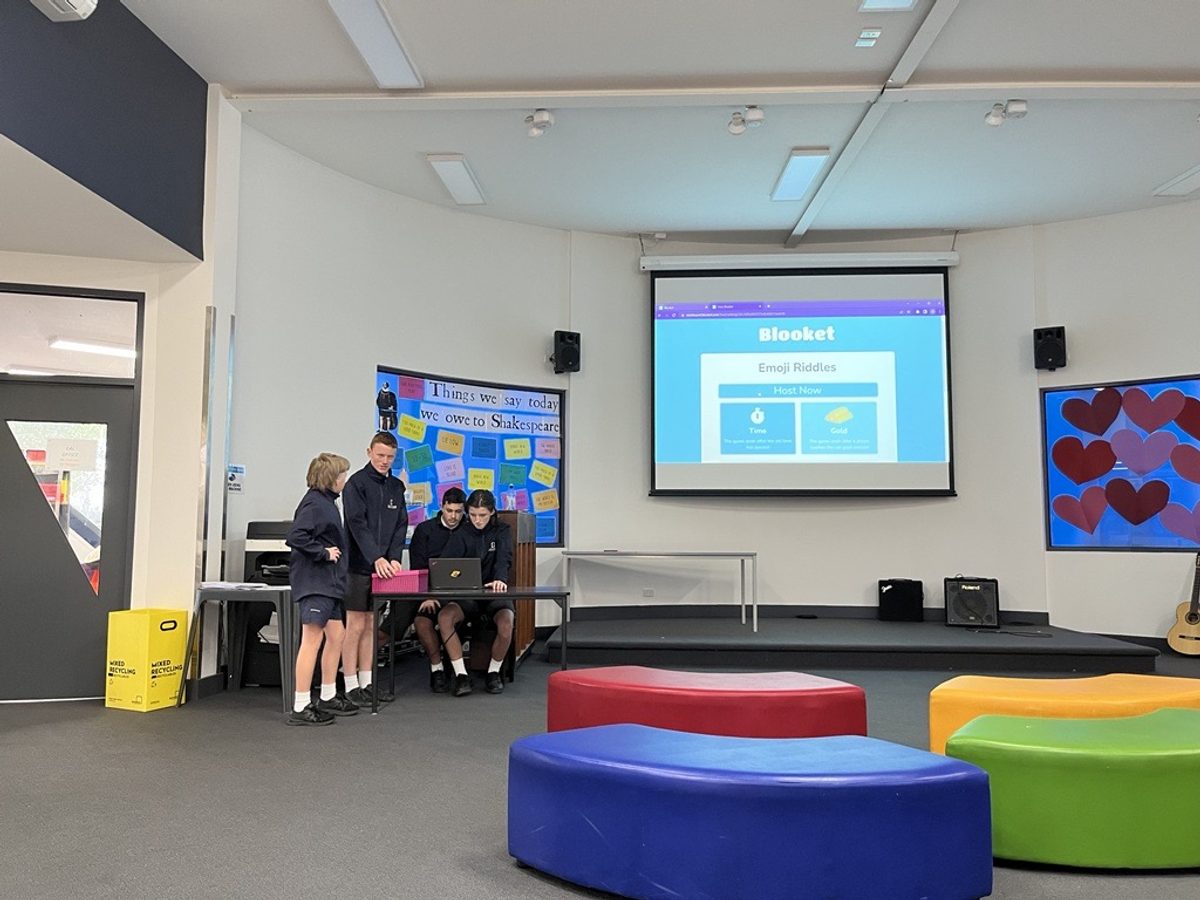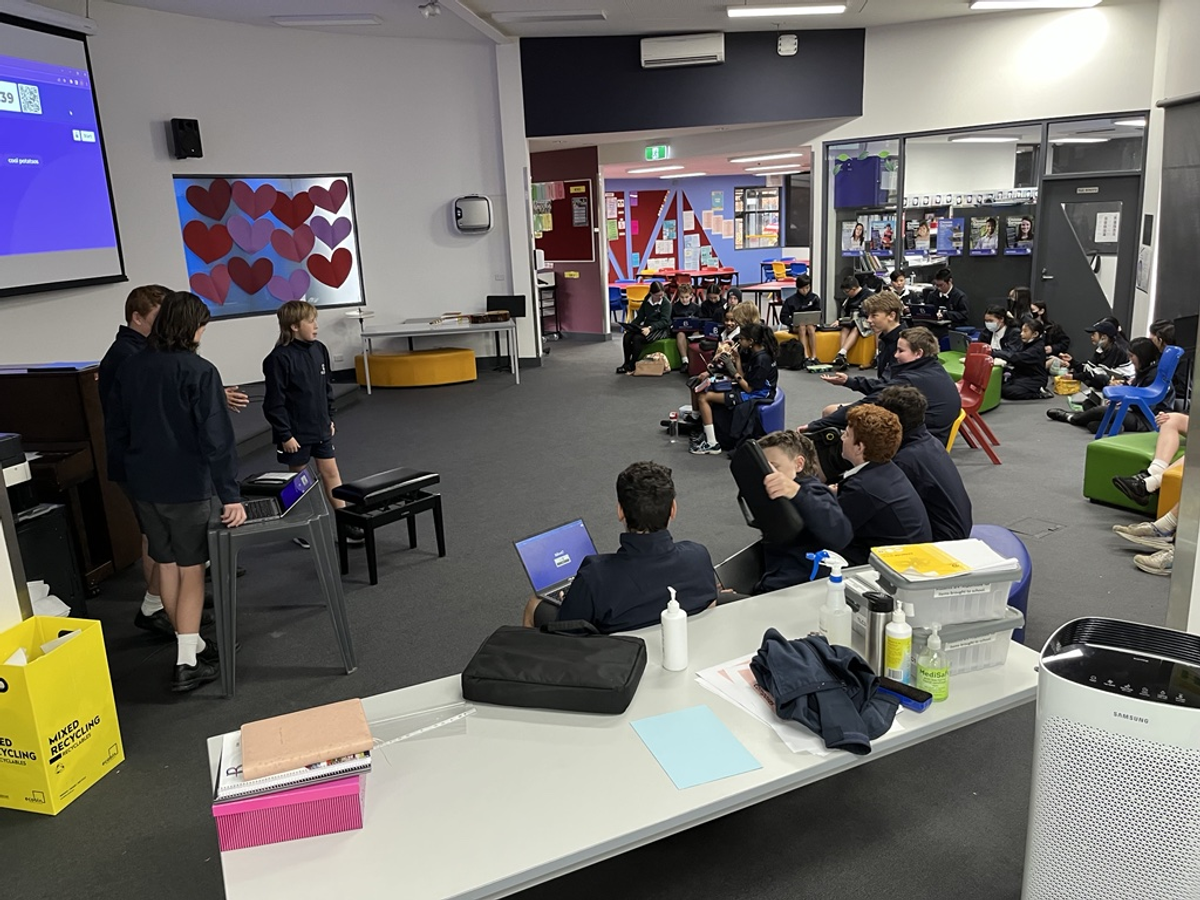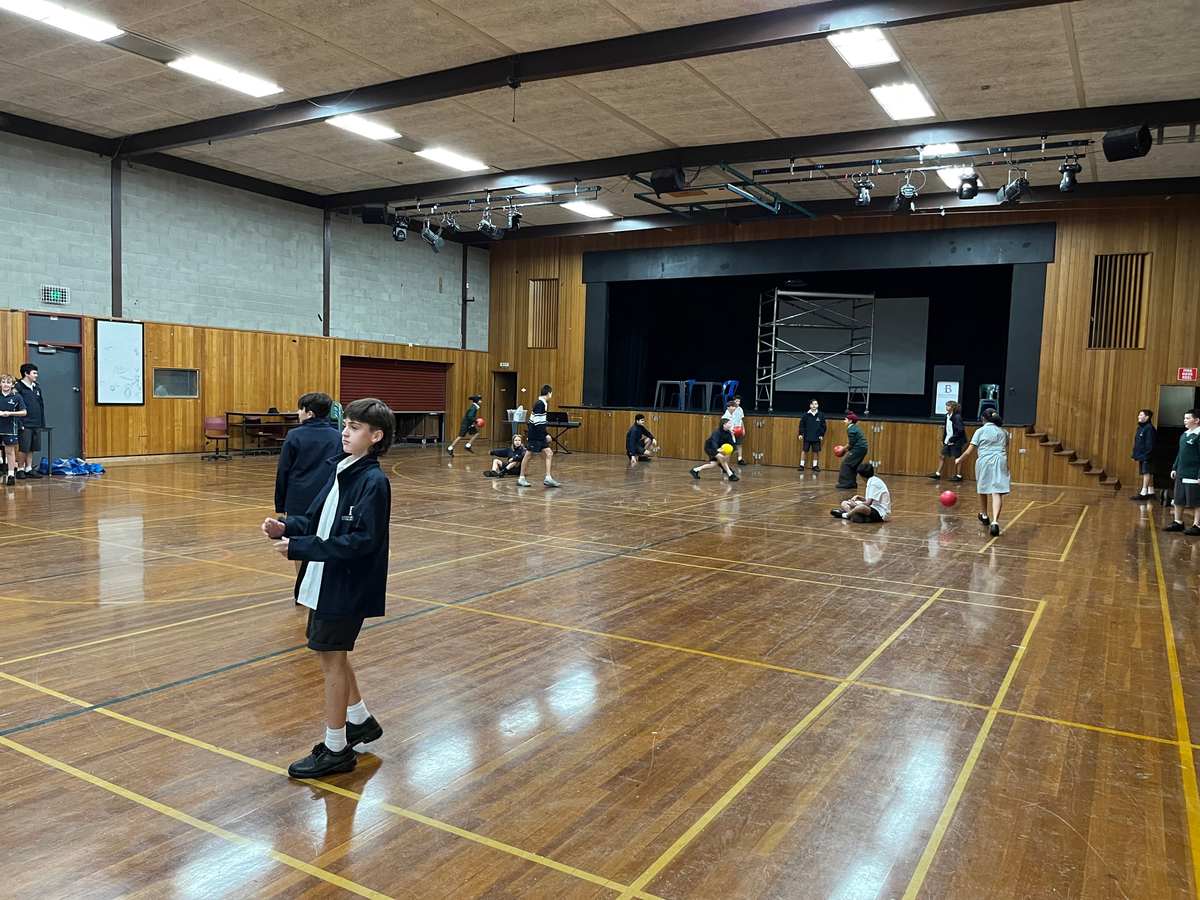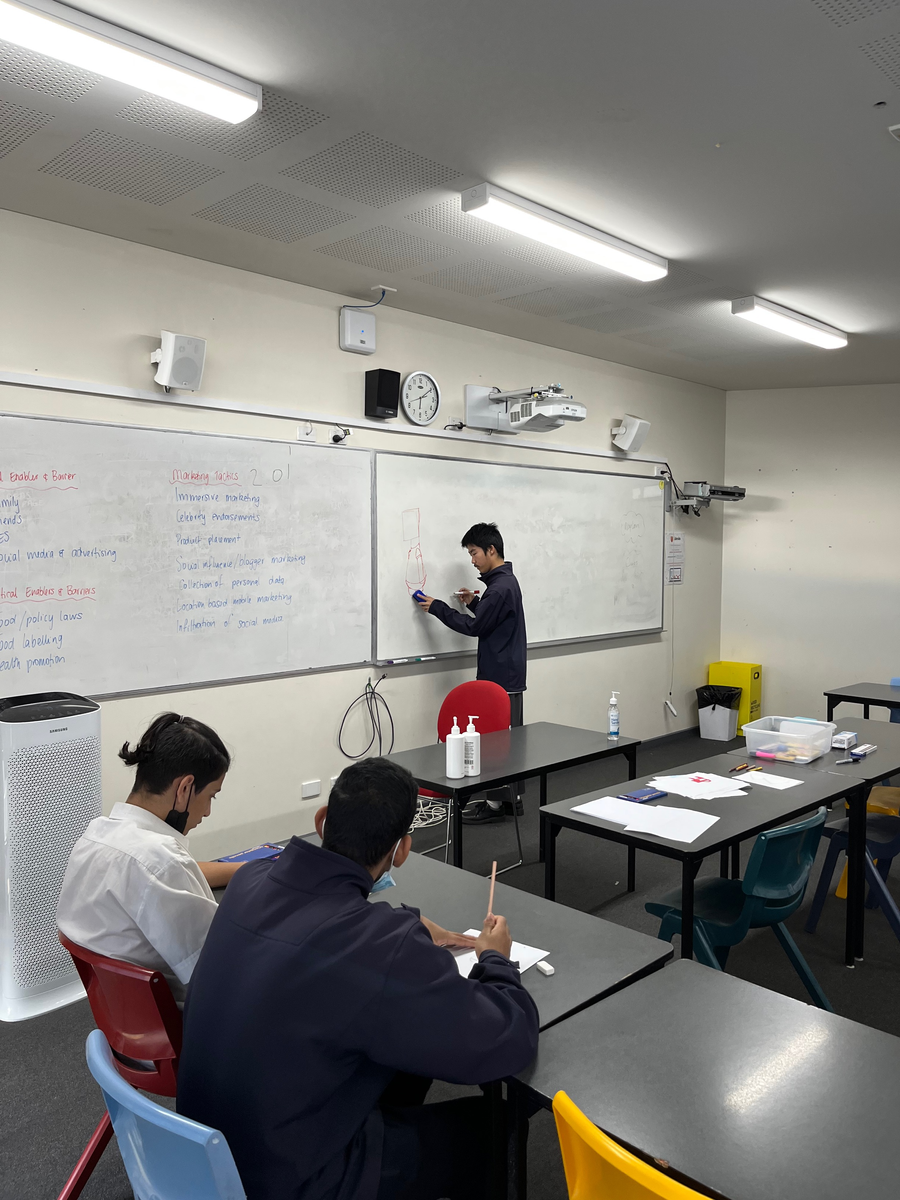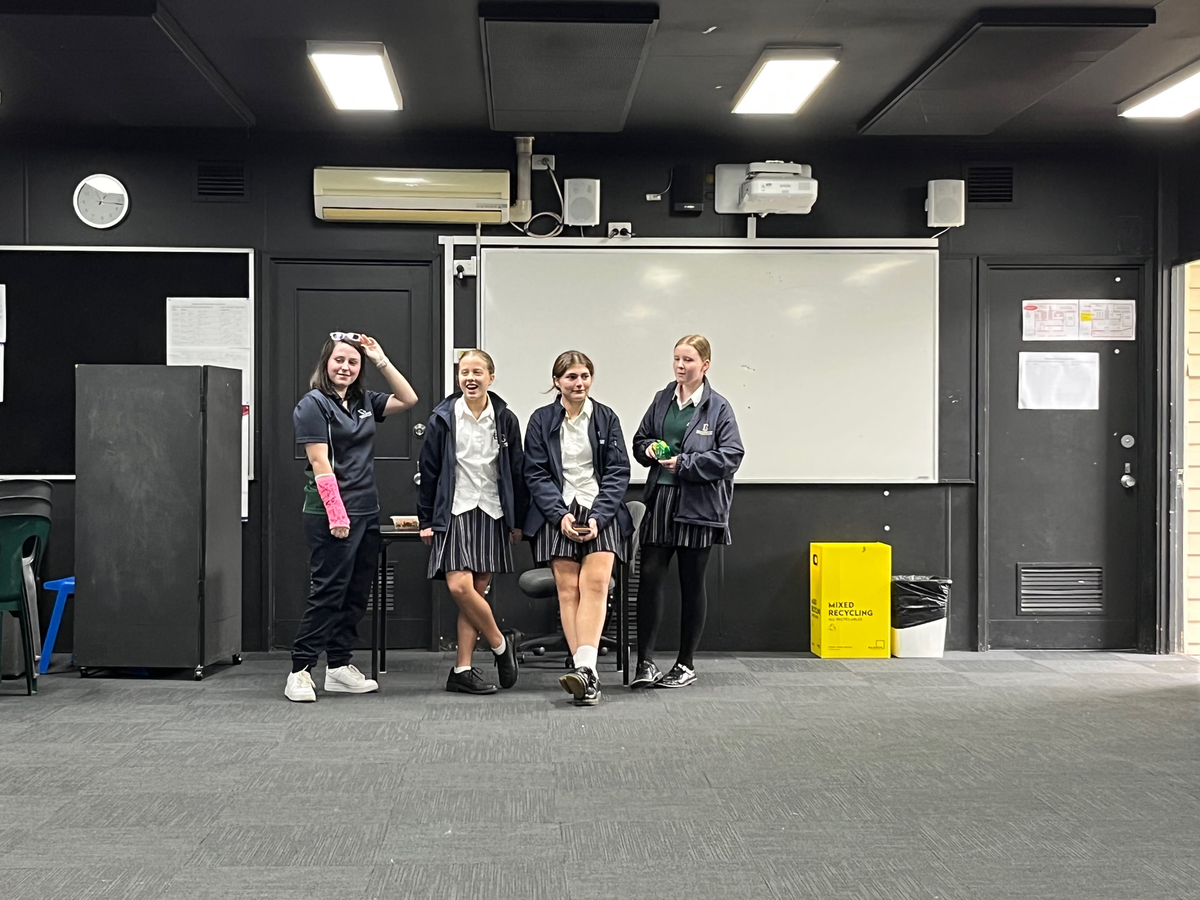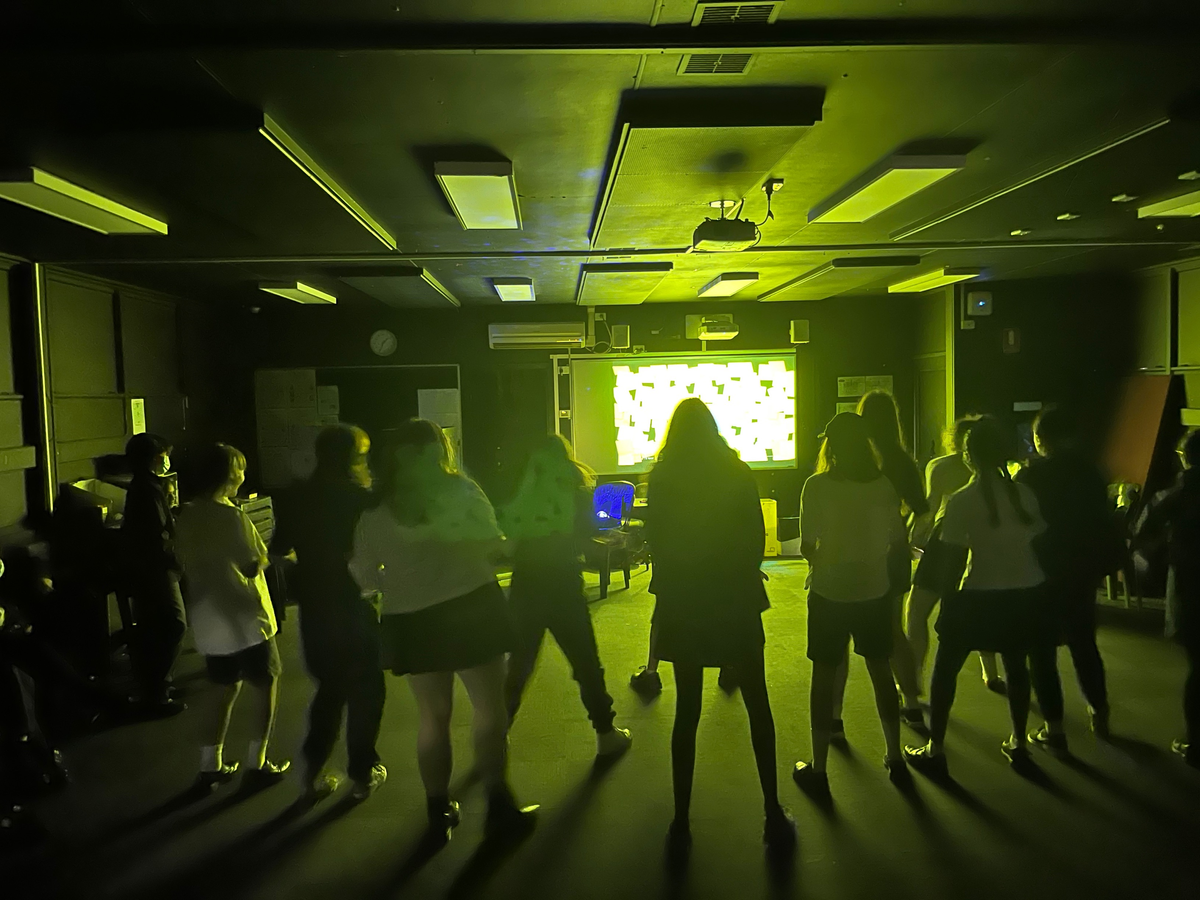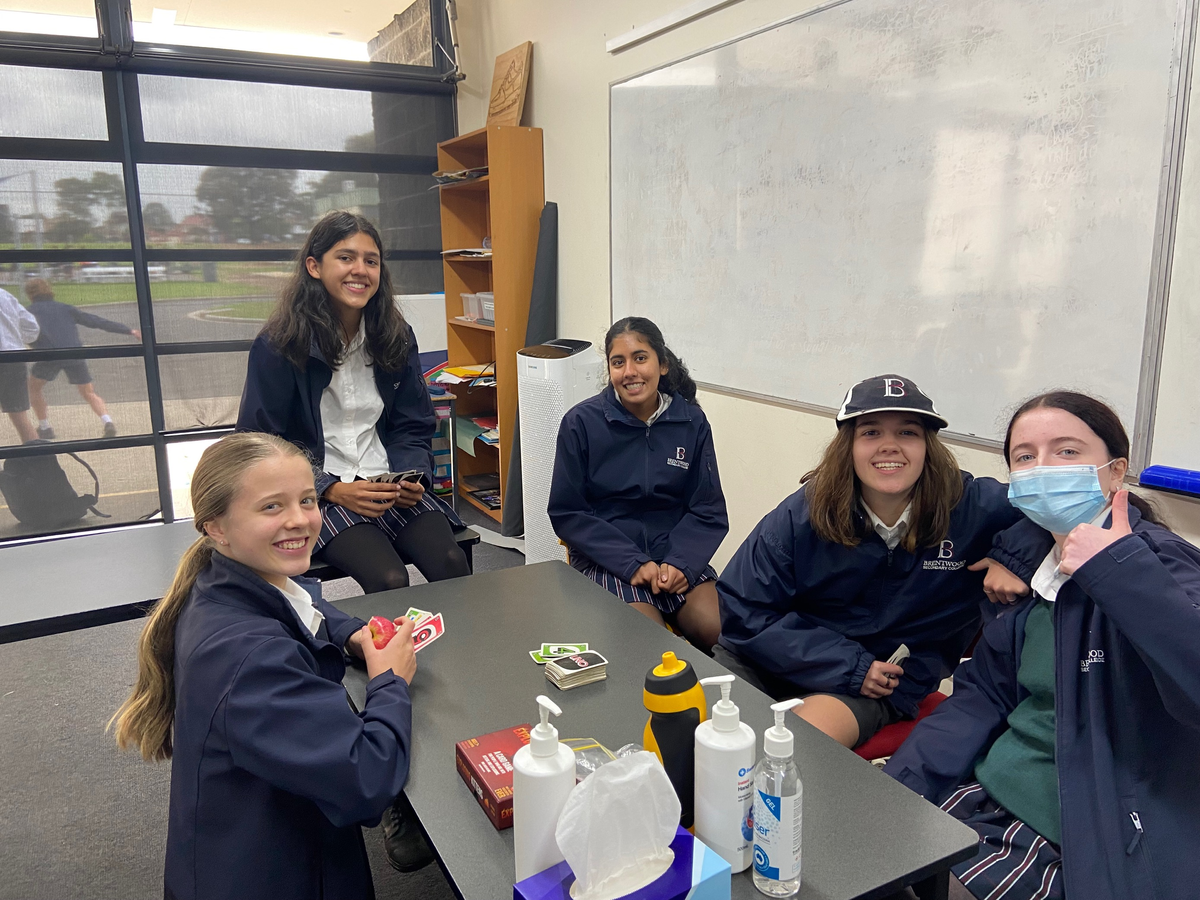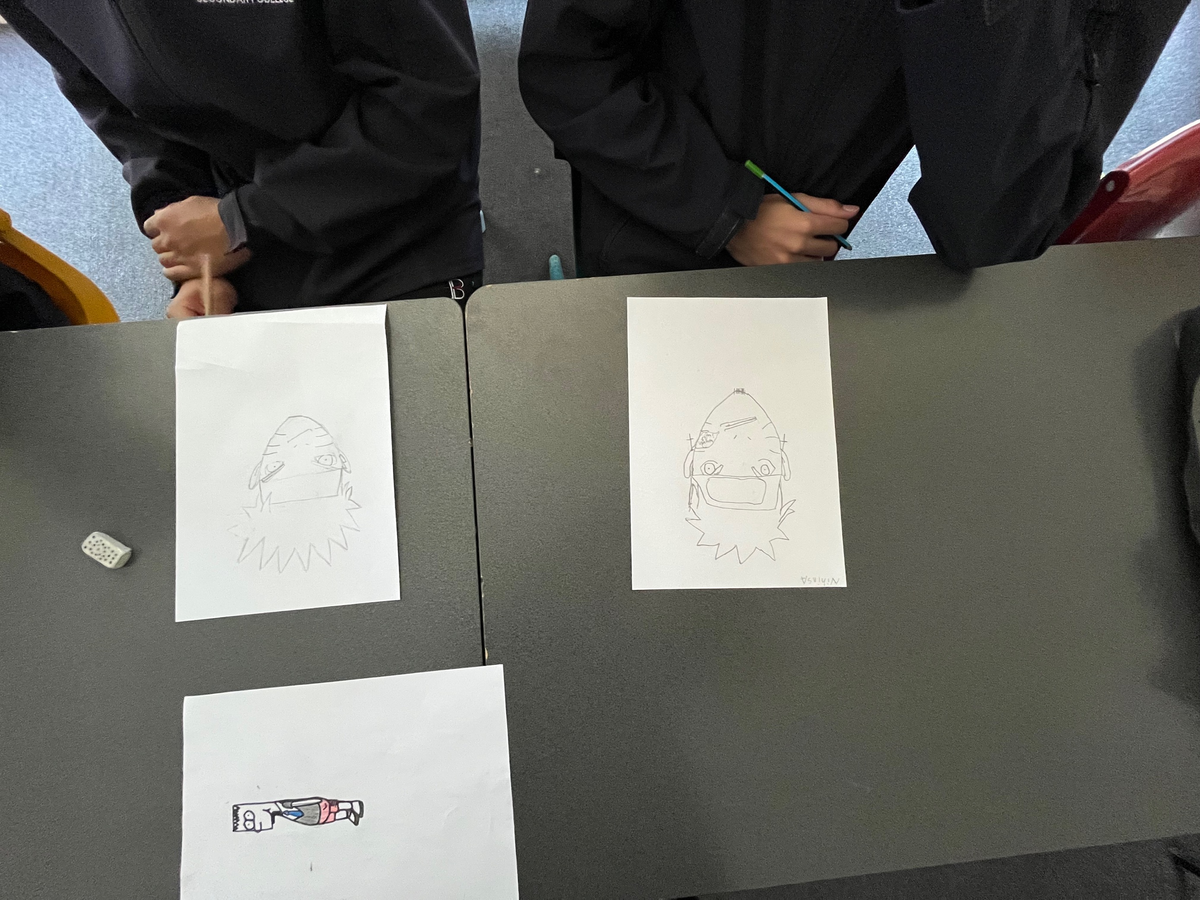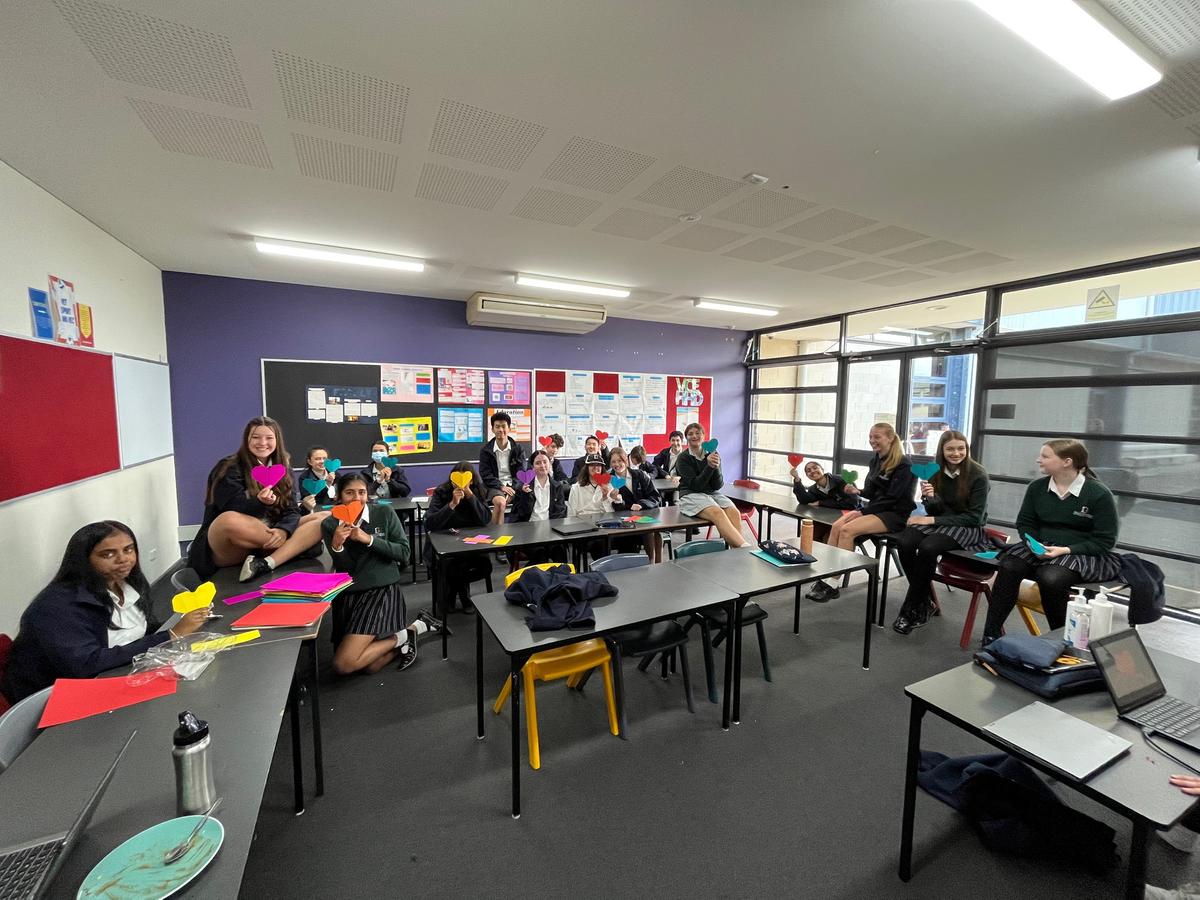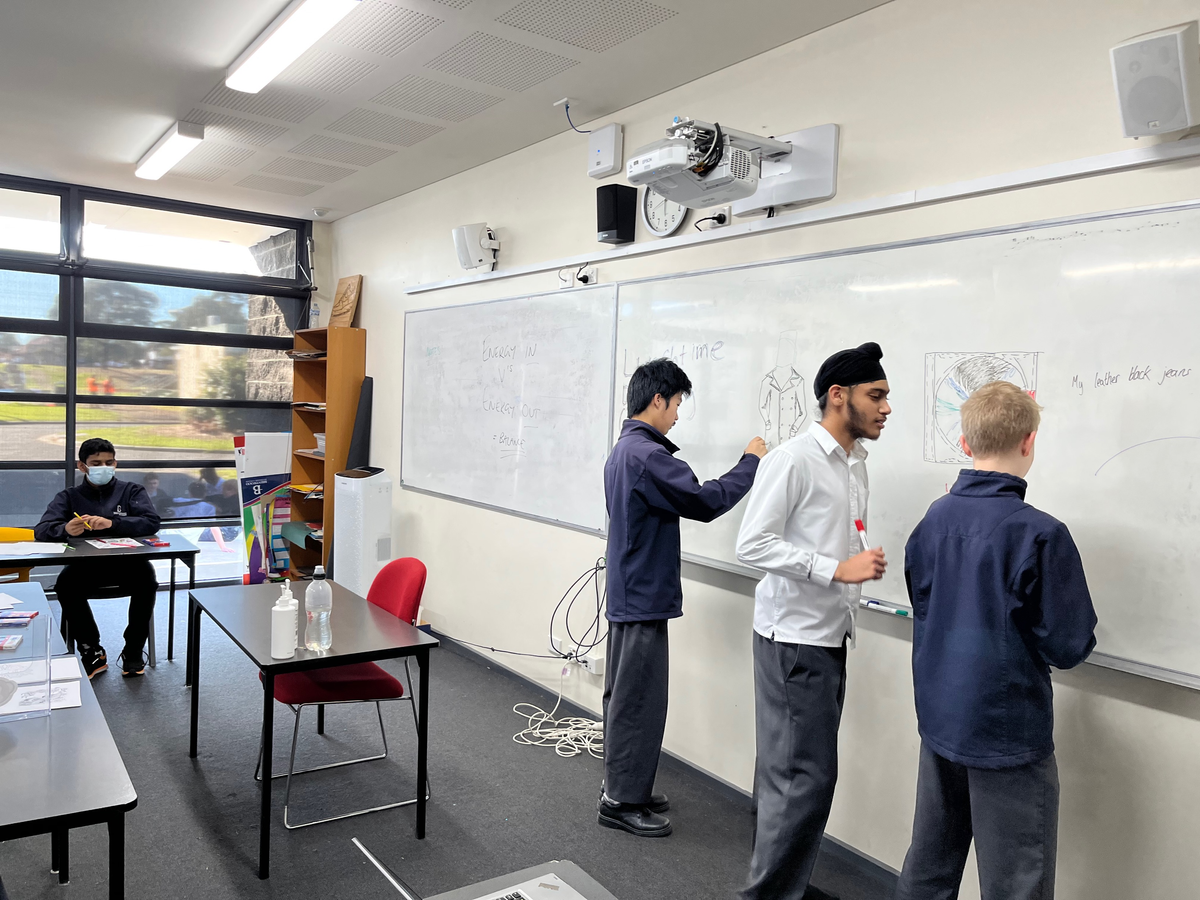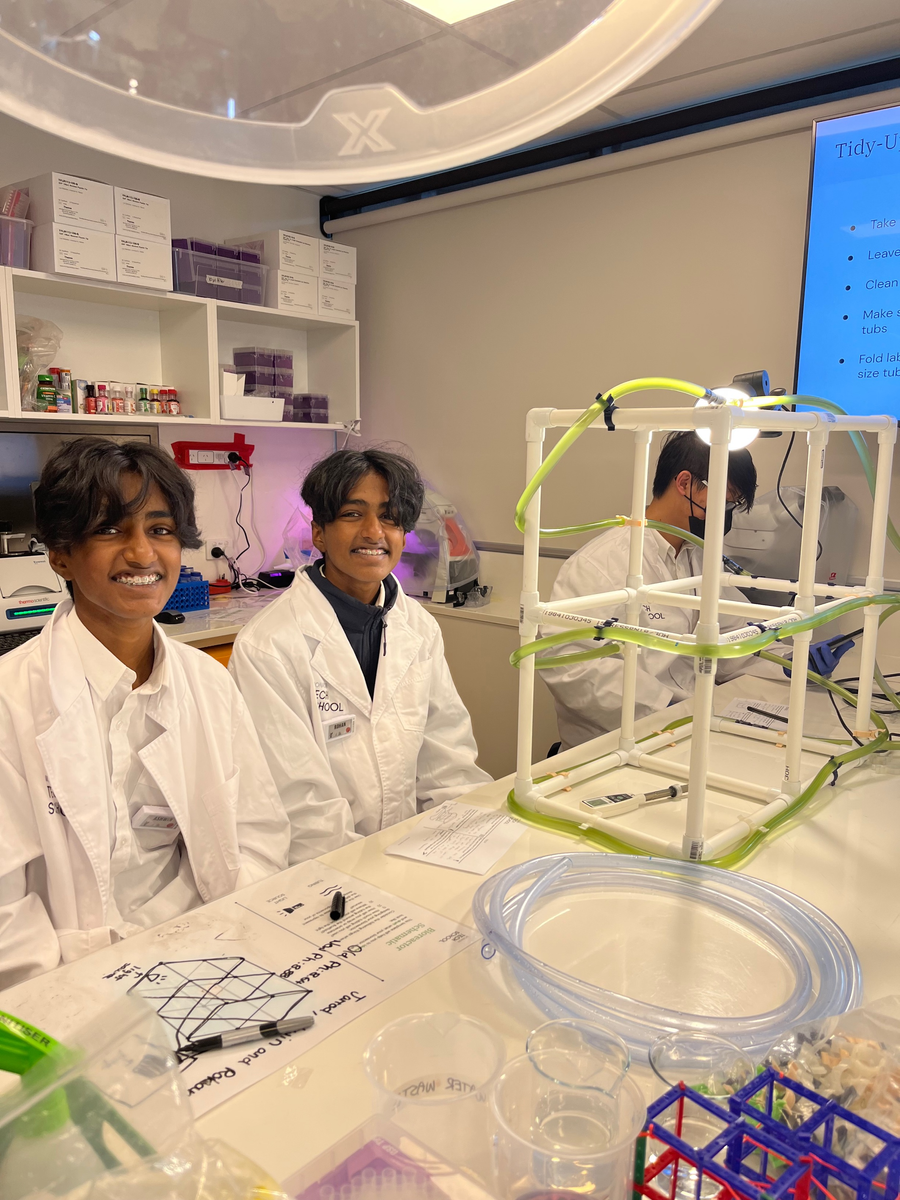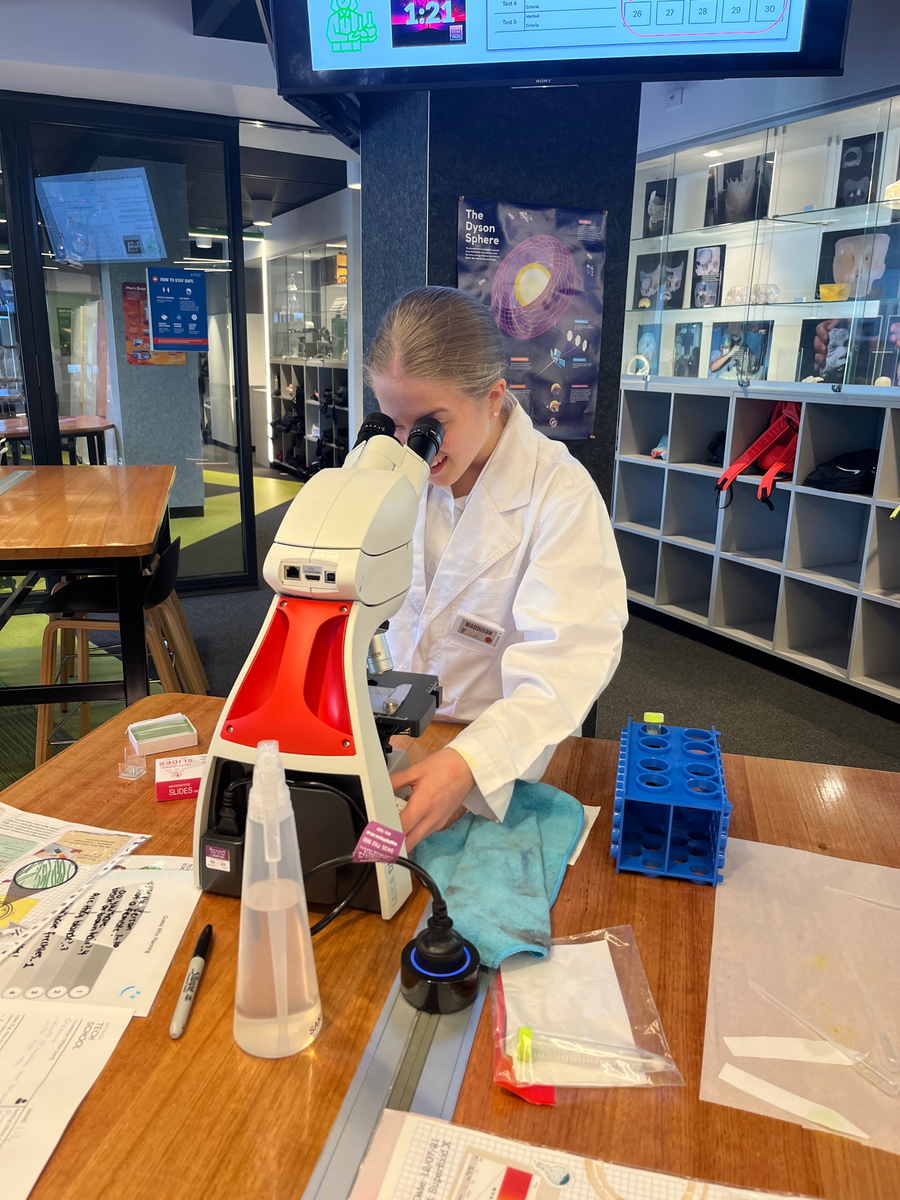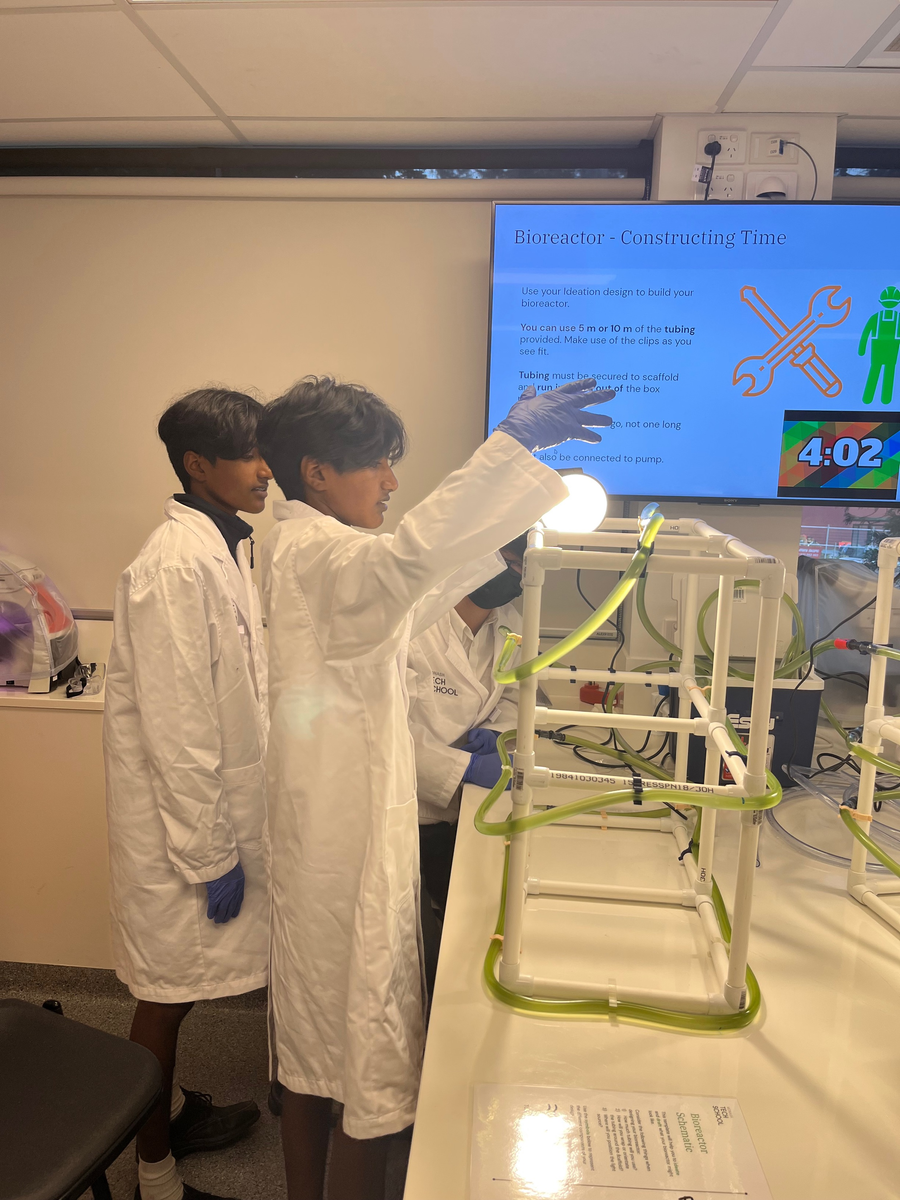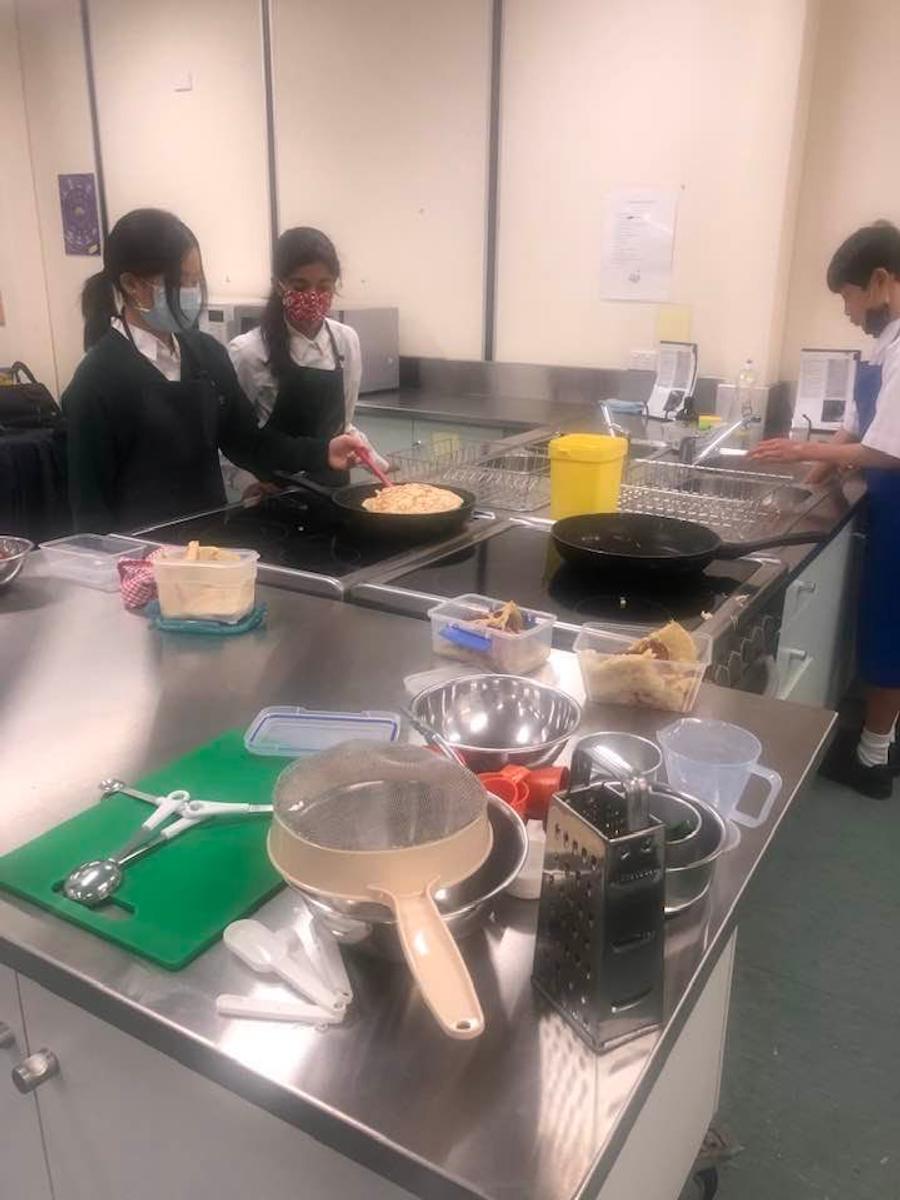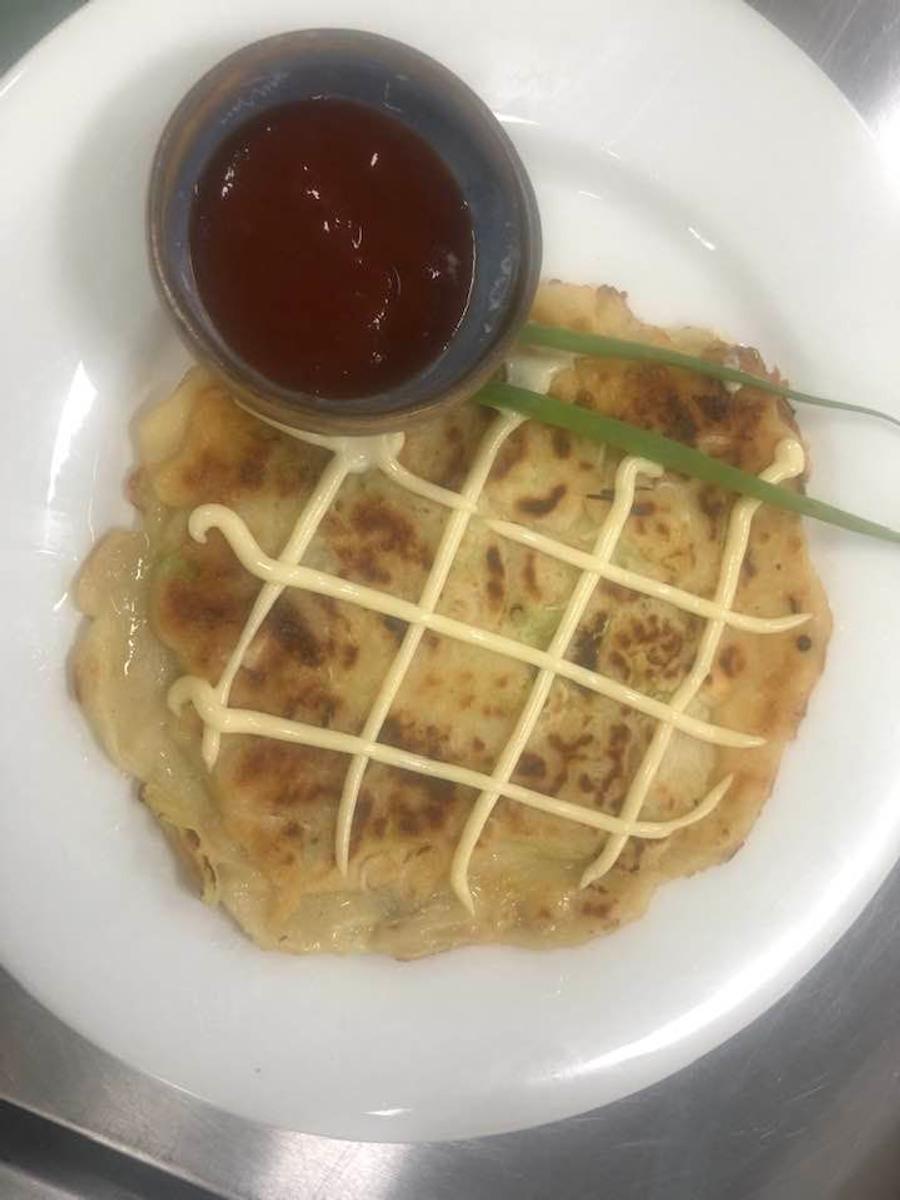Around The College

Duke of Edinburgh Voluntary Service
As a part of the Duke of Edinburgh program, students are required to complete voluntary services for a minimum of 13 weeks (3 months). Being a volunteer has lots of benefits. It can bring meaning and purpose to your life, while increasing your self-esteem and wellbeing. As well as having a positive impact on your community, volunteering can improve may skills. These skills include punctuality, organisation, communication, teamwork, and confidence-building.
To complete the voluntary service section of the Award, students are given the opportunity to partake in service to our school community or wider community. As part of this program three Duke of Edinburgh groups organised and ran lunchtime clubs during both Term one and Term two. On Monday lunchtimes, a Year 7 Games Club was established and offered a variety of activities both passive and active. These activities included Kahoots, Dodgeball,Tag, Blookets and Board games. For Tuesday’s lunchtime club, a drawing club was run for all students in Years 7, 8 and 9. The themes covered in this club were cartoon characters, drawing people (anatomically to scale) and anime characters. Finally, the Thursday lunchtime club was a social club specifically for Year 9’s. This social club covered activities such as origami, dance-offs, discos, celebrity heads, UNO and Auslan. The feedback received from all students who regularly attended these clubs was incredibly positive. In addition, the Duke of Edinburgh students who ran these clubs developed an array of personal skills. Well done to all students.
Isha Dabke, Bronze Duke of Edinburgh Student
Monash Tech School Year 9 Superfoods Program
On Thursday 9th June, 9E2 and 9Y3 attended the Superfoods program at Monash Tech School, which was focused on utilising food science and technology to solve real-world problems. In particular, we explored the use of Spirulina as a “food of the future” to help address the ever-increasing pressures of climate change and population growth on global food security. Spirulina is a blue-green algae that grows in warm, alkaline fresh waters around the world. It is rich in a range of vitamins and minerals like vitamins E, C, and B6, and is said to have anti-inflammatory, antioxidant, antimicrobial, and cholesterol-lowering properties. Our main task was to design an all-encompassing Spirulina Unit that grows, monitors and produces a Spirulina-based food product for a setting and demographic within the Monash area.
After arriving by bus and marvelling at the high tech facility and equipment, we were first shown a variety of personas and relevant settings on cards. In teams, we then selected one of each on which to focus our research and ideation. My group's persona was a girl named Gemma who wished to host a high tea for her hippie friends incorporating 'Instagram-worthy' vivid colouring, and our setting was a Glen Waverley café. We then broke off into expert groups to learn about different elements required to develop a Spirulina Unit, including synthetic biology, 3D printing and liquid chromatography. I participated in the bio-printing segment, which can be defined as computer-aided manufacturing of cells and tissues that produces tissue-like structures by printing cells and biomaterials one layer over the other. We first learned about the ways that bio-printing is being used at the current time in modern medicine, such as to construct a replacement ear, and how it can be developed in the future, such as eventually replacing organ donations. Then in partners we created a prototype of a product relevant to our scenarios using flavour, colour and scent, through what was described by our instructor as '2.5-dimensional' printing. My group chose a donut that was teal in colour and smelled and tasted like coconut and apple. Some other group examples consist of a pizza flavoured and scented banana and a vanilla flavoured and scented pudding. Spirulina in liquid form was incorporated into all of them. The lab team collected our mixtures and when we returned later to observe, they were in the form of our chosen foods in a gel-like consistency. Although we couldn't eat them they smelled delicious and it was a great activity that really provided us with an insight on innovating food from lab to plate to benefit the planet.
After a quick recess, my group moved on to food psychology, where we learned about the different factors that contribute to changing one's perception of the food, such as texture, scent and colour. For example, at first glimpse, the colour red is often associated with sweetness, green with sourness and blue with disgust. We also explored the difference between 'appetising' and 'tasty' and sorted an array of foods into these categories, as well as certain techniques restaurants use to make their dishes seem more appetising. Through this segment, I learned that presentation can be just as vital as the actual taste.
After lunch, to finish, our newly acquired knowledge was then combined in a collaborative process with the other students to produce a prototype plan for a unit that meets the needs of the setting and the persona originally selected. My group designed a machinery for the factory that creates a lava cake type product that is Spirulina centred, which could coat the sponge cake. This is vivid green of the natural Spirulina colour and certainly appropriate for a high tea, which was our solution to 'Gemma's' scenario.
Overall, I very much enjoyed the Superfoods program, as it was very interesting to delve into an area of science that I hadn't known much about. We were also provided with hands-on exercises which enhanced our learning experience and made it engaging. This was one of my greatest experiences this year and I look forward to attending next year's Superproblems program.
Michiko Versluis, 9E2
Year 8E2 Okonomiyaki Experience
On Wednesday the 1st of June, the students of 8E2 had the opportunity to cook, and later enjoy a traditional Japanese dish. During their Food Technology practical, the class managed to cook the pancake-like dish, Okonomiyaki. Okonomiyaki is described as a savoury pancake, that unlike its western counterpart has vegetables inside of it. Students had the option to add bacon as a garnish on the food. The whole class had a great time, and all believe the dish was a nice treat that went well along with the Okonomiyaki sauce. It was a great chance to experience a bit of Japanese culture as well Recommended by the students for anyone looking for a small snack or a bigger meal.
A big thank you to Ms Bulbul for creating this fun practical!
六月一日にブレントウッドの八年E2組(8E2)は家庭科の授業で人気の日本食、お好み焼きを作りました。これは料理の勉強だけじゃなく、もっとたくさんの日本の文化のことを習えて、クラスの皆さんにもいい経験でした。
お好み焼きは小麦粉、卵、キャベツやジャガイモが混ざっている鉄板焼きの一種です。日本語の先生にもたくさんのお好み焼きのことを教えてもらいました。家庭科で作ったお好み焼きのレシピは日本のと少し違う材料を使いましたが、そのように美味しく作れました。
授業では、しょっちゅう日本の料理を作っている人や、全然料理の経験がない人などが一緒に美味しい料理を作れました。
Cadel Knowles and Mia Chan, 8E2

